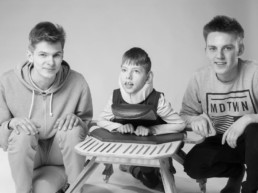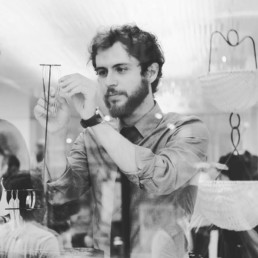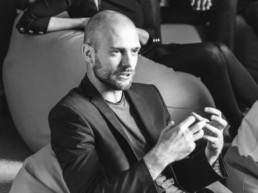Beneficiary journey map
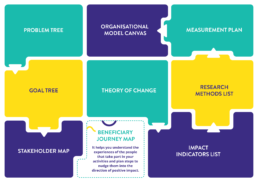
A BENEFICIARY JOURNEY MAP helps you understand the experiences of the people that take part in your activities and plan steps to nudge them into the direction of positive impact.
Rūta Žulpaitė (Geri Norai)
“The beneficiary journey map is a tool that should be used quite regularly: for understanding your overall target audience, but also while forming, preparing a new project or activity.
Because most of the time every project or activity could have slightly different service user specification, so it is crucial to analyse it and modify the activities accordingly.
It could also be used as an activity for informal team meetings and team buildings, too.”
What is it?
To design and optimise impactful activities, it is necessary to understand the beneficiaries’ needs, concerns and experiences.
Your beneficiaries are the people who benefit (directly or indirectly) from what you do.
Usually, your beneficiaries are the stakeholders that are the most impacted by achieving your impact goal. In other words – if you achieve your impact goal you will help create positive impacts in their lives.
A beneficiary journey map is a visual representation of the experiences of the people who take part in the activities that you organise to achieve your organisation´s impact goal.
The tool is helpful:
- at the beginning of the design process of the solution to achieve your impact goal,
- whenever there is a need to assess and improve the organisation’s activities by having a look at what the people who are involved in your activities really feel, think and act when coming into contact with you.
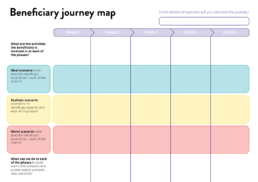
1.Choose a group/segment of your beneficiaries that share similar characteristics, for example, age, gender, interest or socioeconomic status. Then define one typical representative of the group. Be as specific as you can.
In service design, such a typical representative is called a persona. You can read more about creating personas here on this link.
2. Write down the entire process of their interaction with your organization by categorizing it into phases. From the first moment they hear about you to the last moment they think about you! Take also into account the steps that are not covered by your activities but may highly influence the beneficiary´s experience. The process can be as long or as short as necessary and depends on your organization and chosen stakeholder. The more detailed phases you add, the more insights you will probably have.
3. For all phases, write down the ideal situation based on the best experiences the beneficiaries can have, the worst-case scenario that describes the most typical negative situations, and the realistic, most optimal scenario outlining the experiences that most of such types of beneficiaries experience. For all phases, write down the thoughts, emotions, etc. you want your stakeholder to have.
4. Then check out the instances when your ideal is different from reality. Identify actions you can take to move towards your ideal using the question: “What can we do in each of the phases to avoid worst-case scenarios and enable realistic and even ideal scenarios?”
In a nutshell
Think of a group of people that you interact with. Think about an average person from that group. Now put yourself in their shoes and think about what is their experience with you, from start to finish. What does the ideal situation look like? What is the worst-case scenario? What does the realistic scenario look like?
What would you need or like to change about their experiences to achieve more positive impact? In other words – what should you change in your activities to achieve your impact goal better?
You can also have variations in its use
For example, variations in analysis depth.
LIGHT: Write down the keywords based on your (team’s) experience, opinions and gut instinct.
MEDIUM: Involve at least some representatives of the beneficiaries to the brainstorm and/or observe neutrally how the process works out in reality (e.g. what happens during the recruitment or at your events),
ADVANCED: Do some more thorough research to understand the journey and experiences of different segments of your beneficiaries, e.g., some more interviews, focus groups and observations as well as surveys.
Here is an example about a cyberbullying prevention program.
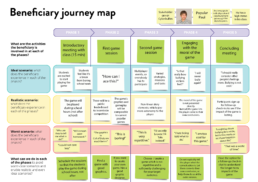
When and why should I use the tool?
The beneficiary journey map helps you to understand the needs and experiences of the persons you involve in and influence by your activities.
As the tool visualises every step of the beneficiary´s journey, it nudges you to think very practically about the design of your activities: what may work well, what can go wrong, what could be improved. When using the tool, it is highly recommended to collect feedback from the users to be sure that we make correct assumptions about their thoughts, feelings and experiences.
The user journey map helps all types of organisations to analyse how their solutions can have more impact on a very practical level, e.g. how to reduce drop-out of the participants during their journey. The tool is helpful at the beginning of the design process of any solution and also whenever there is a need to assess and improve the organisation’s ongoing activities.
Why to use it?
☑ Helps you identify actions you need to take to improve the beneficiary’s experience with you (e.g. to avoid recruiting unsuitable individuals, reduce drop-outs and offer impactful follow-up activities).
By writing down the entire process of how a certain key stakeholder interacts with you, you will understand better:
1) What are the parts of the beneficiary journey that currently block the way to your desired results and impact? You can take action to remove these blockers. These can also be the parts that are not be related to your activities but will still influence whether you can have the intended impact on your beneficiary.
2) Which aspects of that process may be positive or negative to the beneficiary? You can take action to prevent negative situations and strengthen positive experiences.
When to use it?
☑ When designing your activities by considering the experiences that you want your beneficiaries to have at each of the contact points that you have with them to:
- enable their positive experiences,
- reduce their risks of having negative experiences.
☑ Whenever you would like to analyse and improve your activities to achieve a bigger impact by understanding and improving the experiences of your beneficiaries who are involved in your activities.


